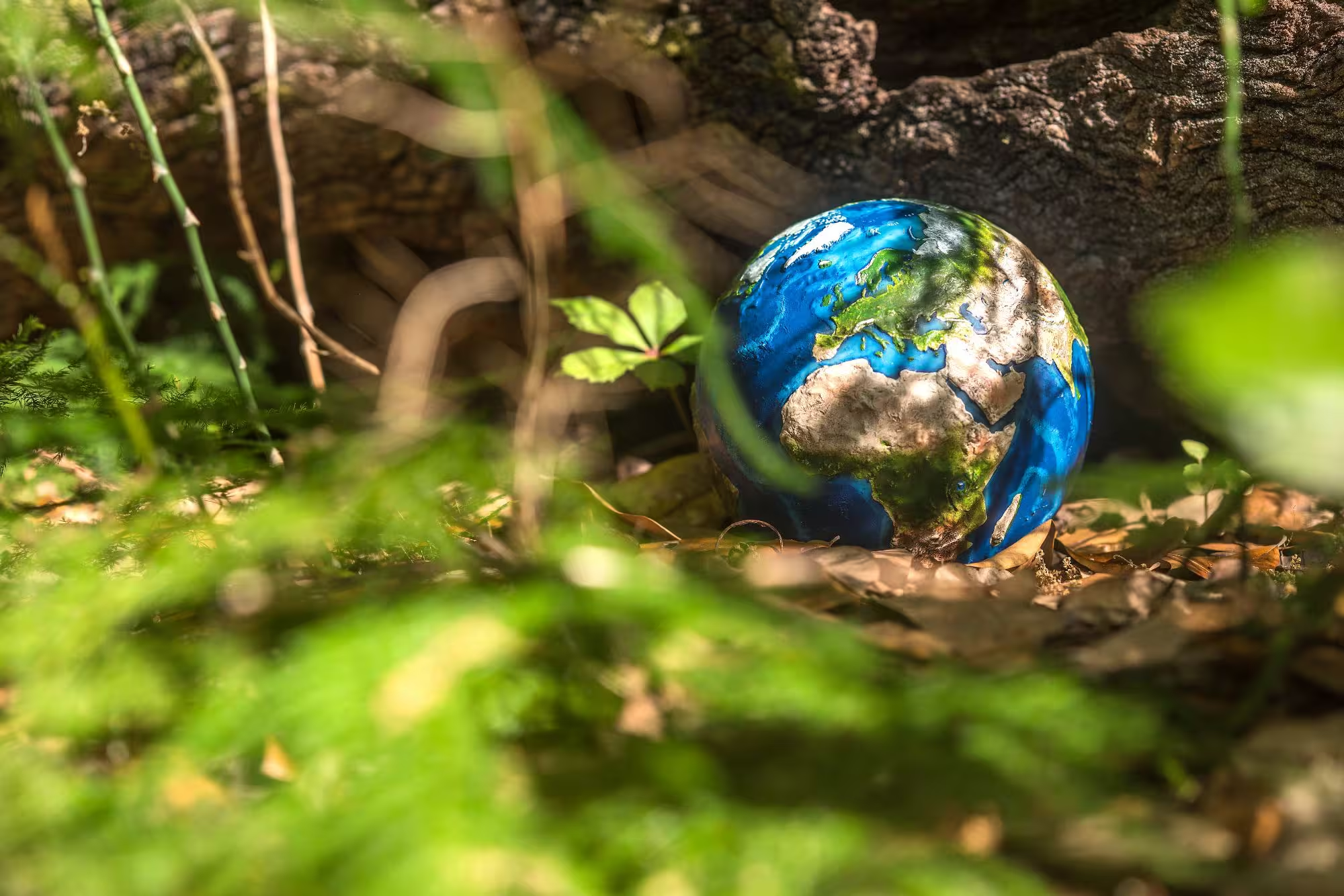Scalable agent-based models for optimized policy design: applications to the economics of biodiversity and carbon

As the world confronts the dual challenges of climate change and biodiversity loss, it is crucial to develop policies that address both issues together. To support this effort, a new model called VDSK-B has been created. This agent-based model (ABM) builds on previous research, including Dasgupta’s work on biodiversity economics and a climate model called DSK, which blends ideas from economic theories by Schumpeter and Keynes. VDSK-B is unique because it combines factors from climate, economics, and the natural environment into one integrated model.
In the past, ABMs have struggled to handle the complexities involved in designing global policies, especially because it’s hard to scale them up and fine-tune their settings. The new SalVO framework solves these problems by using a method that allows agents in the model to update in a more organized and scalable way. This makes it possible to run complex models like VDSK-B more efficiently. With its ability to manage large-scale simulations, SalVO is emerging as a powerful tool for studying how we can address global issues like climate change and biodiversity loss through more sophisticated modeling.
